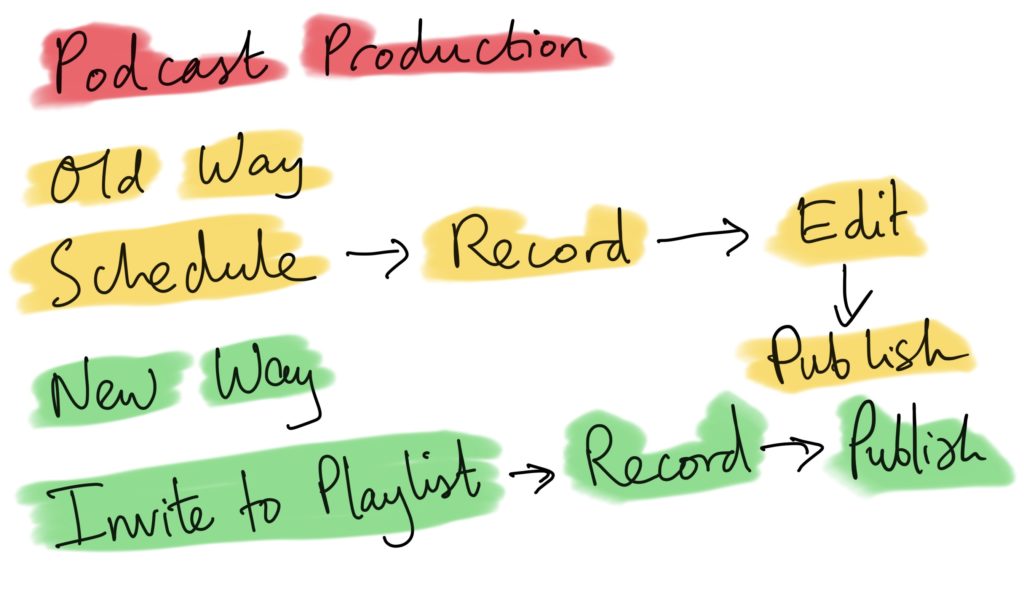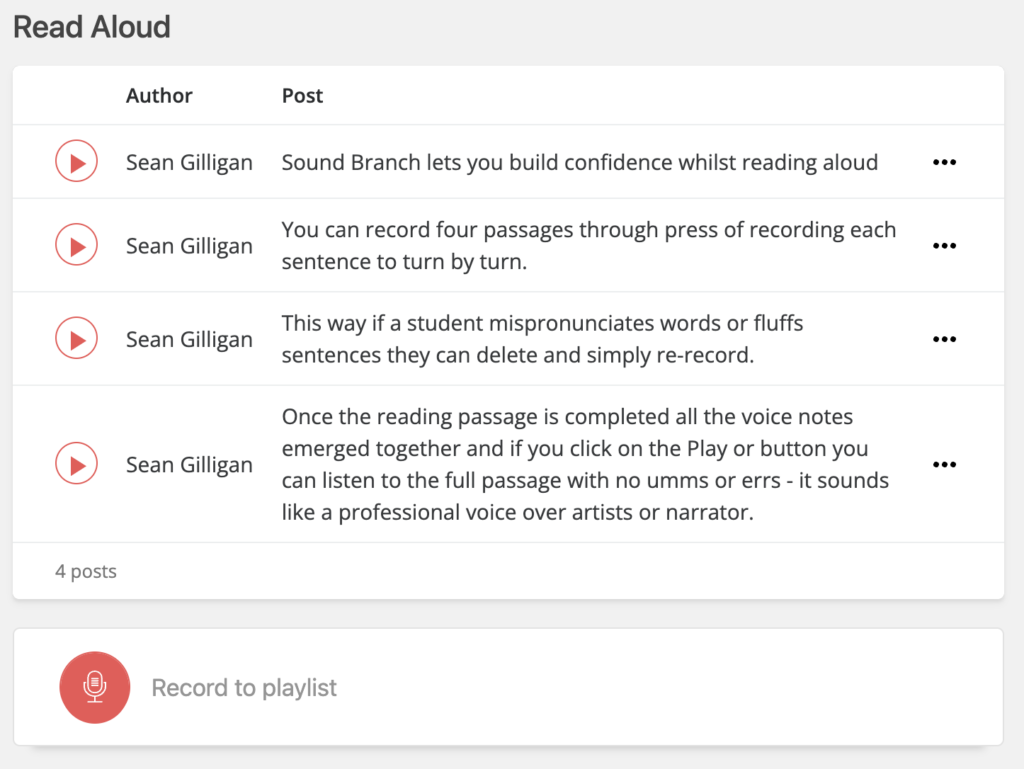The Power of Podcasts for Learning and Revision
In a world flooded with information, the way we learn is rapidly evolving. Traditional methods like textbooks and lectures remain essential, but the modern learner now has access to a wide range of tools that extend beyond the classroom. Among these tools, one stands out for its accessibility, versatility, and ability to engage—podcasts. Whether you’re preparing for exams, trying to master a new subject, or simply looking to expand your knowledge, podcasts offer a unique way to absorb information while on the go.
However, not all podcasts are the same, and sometimes you need more than just a passive listening experience. This is where platforms like Sound Branch come into play, offering a dynamic approach to learning and revision through audio.
Sound Branch: A New Approach to Learning
Sound Branch is more than just a platform for recording and sharing voice notes; it’s a powerful tool for organizing your learning in a way that fits your personal study habits. Imagine having the ability to curate your own learning experience by compiling audio resources tailored to your needs. With Sound Branch, you can do just that.
One of the standout features of Sound Branch is the ability to create and record playlists on specific topics. This means that as you encounter relevant content—whether it’s a lecture snippet, a podcast episode, or your own thoughts—you can easily record it and add it to a playlist. These playlists can then be played back at your convenience, allowing you to revisit and reinforce key concepts whenever you need.
But Sound Branch doesn’t stop at simple playlists. It also offers a timeline feature where you can post voice notes and tag them with specific categories and subcategories. This is particularly useful for breaking down complex topics into manageable pieces. For instance, if you’re studying for a history exam, you could create a timeline of voice notes tagged by periods, events, or key figures. Each note could cover a different aspect of the topic, and the tagging system allows you to quickly find and review specific information when you need it most.
The use of categories and subcategories transforms what could be a disorganized collection of notes into a structured, searchable database of knowledge. Over time, as you add more content, Sound Branch becomes a personalized learning hub, tailored to your academic needs and goals.
The Benefits of Audio Learning
Podcasts and platforms like Sound Branch leverage the power of audio learning, which has several unique benefits. First, it allows for multitasking. Whether you’re commuting, exercising, or doing household chores, you can continue learning without being tied to a screen or a book. This flexibility means that learning can become a seamless part of your daily routine, rather than a separate, often burdensome task.
Second, audio learning can enhance retention. Studies have shown that listening to information can activate different parts of the brain compared to reading, potentially leading to better recall. Additionally, hearing information spoken aloud, especially in your own voice, can make the content more memorable and easier to internalize.
Finally, platforms like Sound Branch allow for a more interactive and personalized learning experience. By curating your own playlists and using the timeline to tag and categorize content, you’re not just a passive recipient of information; you’re actively engaging with it, shaping it to fit your needs, and making it your own.
In an age where information is abundant and time is limited, tools like podcasts and platforms like Sound Branch are invaluable. They offer a way to integrate learning into the rhythm of daily life, making revision less of a chore and more of an ongoing, adaptable process. By harnessing the power of audio, you can turn any moment into an opportunity for learning, ensuring that knowledge is not just something you acquire, but something you live.















